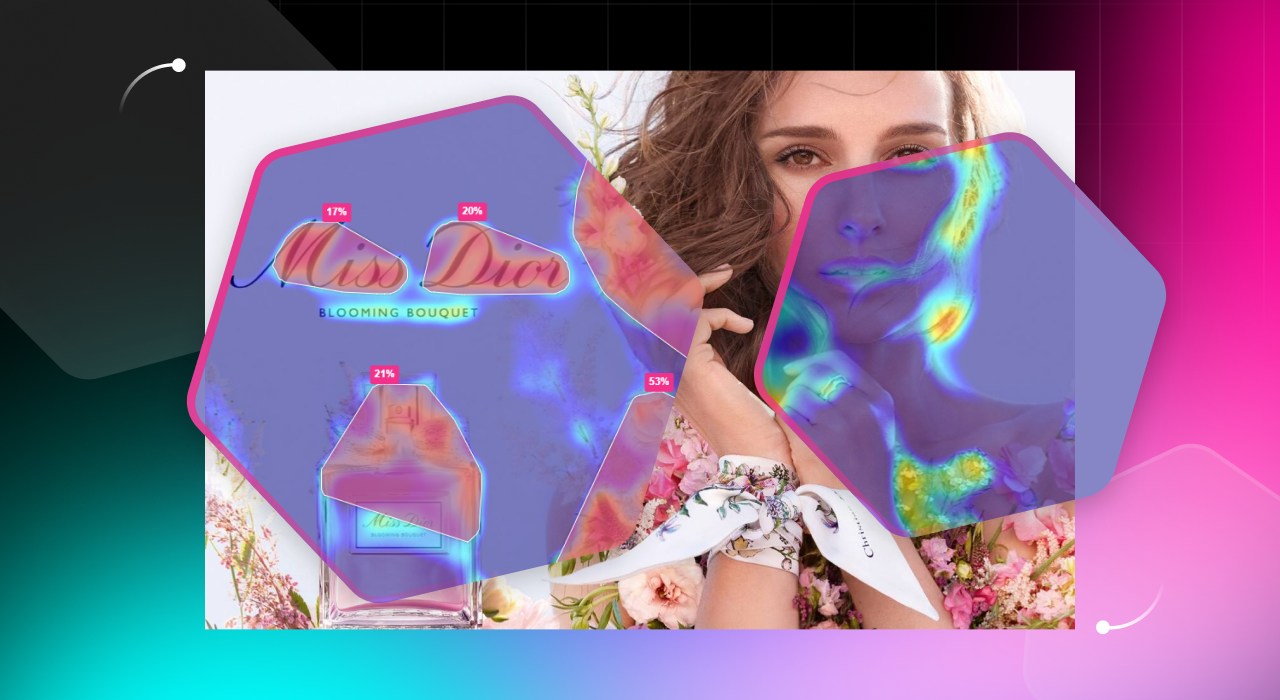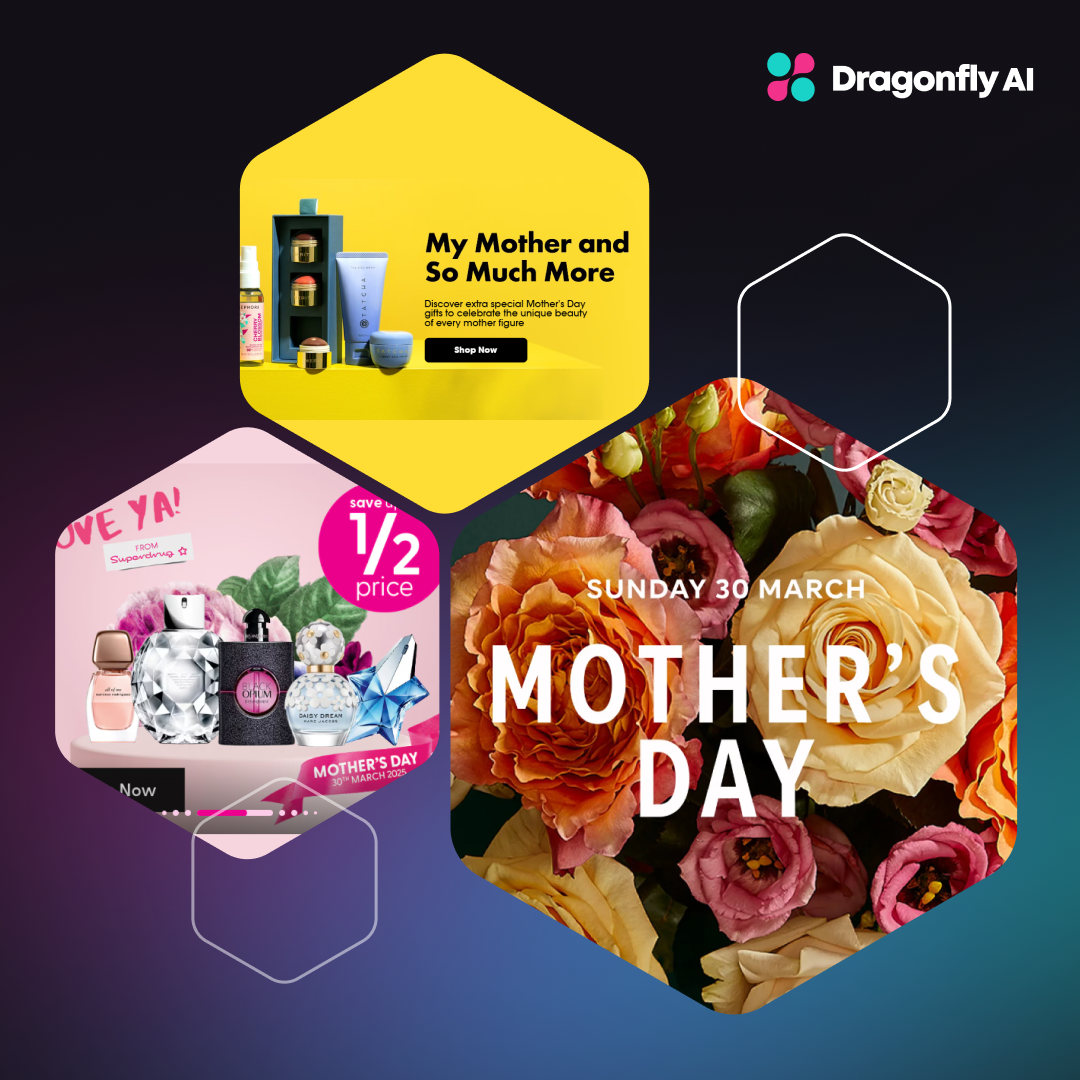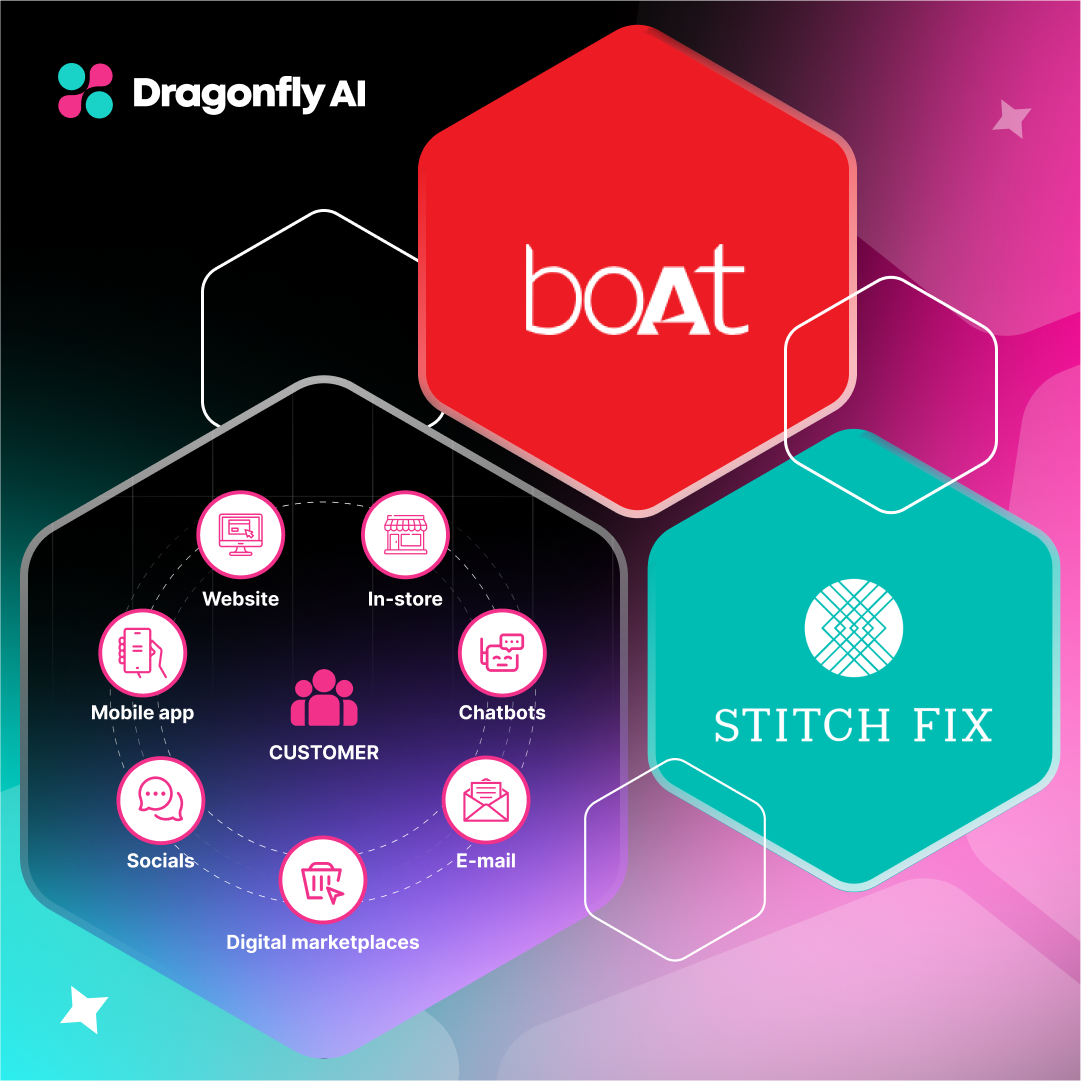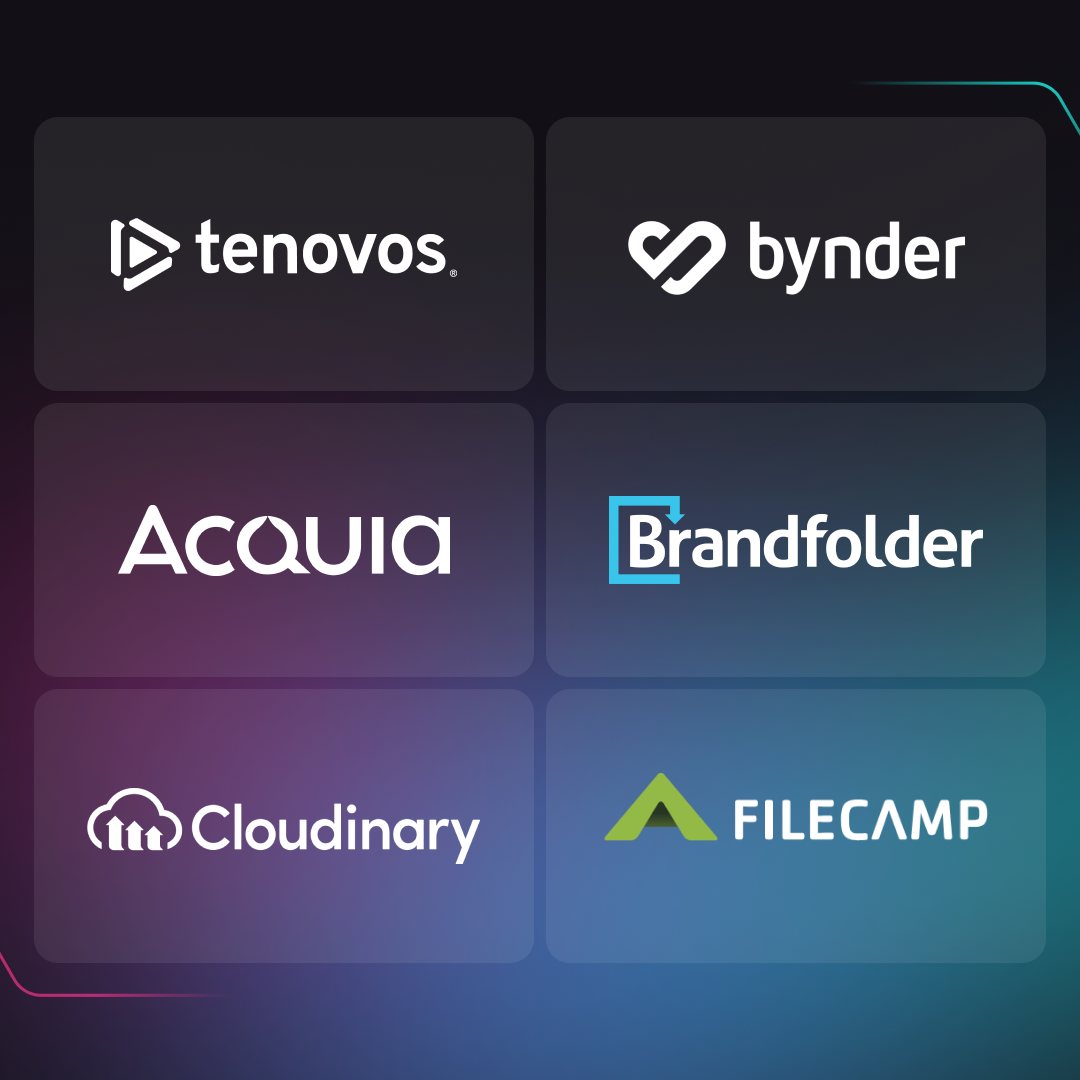Thriving in the highly competitive CPG industry can be challenging for businesses, demanding more than just eye-catching packaging. A well-crafted marketing campaign, a compelling product design, or an innovative brand message can spark consumer interest, drive sales, and solidify a brand's position.
However, relying only on intuition can be a gamble in today's data-rich world. Studies show that over 90% of CPG executives believe data analytics will be crucial for business success in the coming years. This is where the concept of data-led creative decision-making takes center stage.
Using consumer insights, market trends, and campaign performance metrics, market leaders can transform their creative process from intuition-driven to data-driven. This strategic approach empowers them to make informed choices, optimize campaigns for maximum impact, and ultimately achieve long-term success.
The Dynamic Nature of the CPG Industry
The CPG industry demands constant innovation and adaptation. Gone are the days of static consumer preferences and predictable buying patterns. Today's shoppers are given a wide range of choices, increasingly health-conscious, and demand transparency.
Recent trends, like the rise of private label brands, online grocery shopping, and a growing focus on sustainability, all point to one key takeaway: consumers are in control. They actively seek out brands that align with their values and deliver on their specific needs.
This scenario makes data insights essential for CPG leaders. Brands can analyze purchase data, social media conversations, and search trends to understand emerging preferences. This data empowers them to anticipate future demands and proactively develop products and marketing strategies. It allows them to create innovative products that address unmet needs, tailor marketing messages to resonate with specific demographics and optimize pricing strategies for a competitive edge.
Defining Data-Led Creative Decision-Making
So, what is creative decision-making? Data-driven creative decision-making is a strategic approach that bridges the gap between data analytics and creative thinking. It empowers teams to use valuable insights to fuel innovation and craft impactful marketing strategies.
Here's how it works: Imagine a marketer tasked with developing a new breakfast cereal. Traditionally, the brainstorming process might focus on flavor combinations and mascot designs. However, with data-led creativity, the team would also consider insights like:
- Consumer trends: Is there a growing demand for high-protein, low-sugar options?
- Market analysis: What are competitor products offering, and how can we differentiate ourselves?
- Social media sentiment: What are consumers saying about existing breakfast cereals on social media?
The team can craft a more targeted and impactful creative vision using these data points. For example, they might develop a cereal packed with whole grains and nuts targeted towards health-conscious consumers and use a social media campaign emphasizing the product's nutritional benefits.
This data-driven approach doesn't stifle creativity; it informs it. The team can strategically choose product features, design elements, and marketing messages. This allows them to create a product that meets individual preferences and promotes stronger customer engagement.
Steps in Data-Led Creative Decision-Making
Data-led creative decision-making isn't a one-time event but a continuous cycle ensuring constant improvement. Here's a breakdown of the key steps in the creative decision-making process:
Data Collection and Analysis
Data collection is the foundation of the data-led creative decision-making process. This includes:
- Market research: Understanding industry trends, competitor analysis, and overall market size.
- Consumer behavior data: Analyzing purchase history, demographics, and online interactions to understand consumer needs and preferences.
- Social media sentiment: Identifying consumer opinions and brand perception through social media listening tools.
Techniques for analyzing this data include:
- Market segmentation: Dividing consumers into groups based on shared characteristics for targeted marketing efforts.
- Trend analysis: Identifying patterns and shifts in consumer preferences over time.
- A/B testing: Comparing creative elements (like packaging designs or ad copy) to determine which intrigues consumers the most.
Insight Generation
Once the data is analyzed, the next step is to transform it into actionable insights. This involves interpreting the data and identifying trends, patterns, and hidden connections.
For example, data might reveal a growing demand for gluten-free products among a specific demographic. This insight can then inform the development of a new gluten-free product line.
Idea Generation
Armed with creative insights, the team can now brainstorm innovative ideas and solutions.
These ideas can help address consumer needs, differentiate the brand from competitors, or create new product categories.

Data can help guide this process by highlighting unmet needs, unexplored market segments, and emerging trends.
Prototyping and Testing
Great ideas demand real-world testing. This is where prototyping comes in. Creating a prototype allows for early feedback and refinement, whether it's a physical product mock-up or a digital marketing campaign.
Testing can involve user groups, focus panels, or A/B testing online campaigns. This feedback loop allows for data-driven adjustments to ensure the final product or marketing approach meets the consumer's preferences.
Implementation
Once a concept is tested and refined, it's time for implementation. This involves bringing the creative solution to market.
Product launches could involve strategic partnerships with retailers, targeted marketing campaigns, and influencer outreach.
Evaluation and Iteration
Data-driven creativity thrives on continuous evaluation. After implementation, monitoring key metrics like sales figures, brand sentiment, and customer engagement is advisable. This data will reveal the effectiveness of the implemented solution.
Based on this data and ongoing feedback, the team can iterate and refine the solution for greater success. This continuous cycle ensures CPG leaders remain at the forefront of innovation and consumer preference.
Case Studies
Here are a few examples showcasing the power of data-led creative decision-making in the CPG sector:
E-commerce Success Fueled by Data Analytics
Nestlé's investment in data-driven capabilities years ago is paying off in spades, particularly within its e-commerce operations. By leveraging consumer analytics, Nestlé has transformed its online presence and achieved significant growth.
.png?width=1280&height=700&name=Blog%20image%208%20(1).png)
According to their recent annual review, Nestle's e-commerce sales soared by 9.2% last year and now account for a whopping 15.8% of their total sales. This impressive growth is a direct result of their commitment to data-driven strategies.
Rebooted Products with Data-Driven Creativity
A leading yogurt brand’s sales declined due to increased competition in the saturated yogurt market. The company analyzed consumer trends and identified a growing demand for high-protein, low-sugar yogurts. They used social media conversations to understand what health-conscious consumers were looking for.
Based on the insights, they launched a new yogurt line with higher protein and lower sugar content. The product's packaging displayed its nutritional benefits, highlighting its appeal to health-conscious consumers. On the other hand, their marketing campaign strategically targeted health and fitness enthusiasts on social media.
Tools and Technologies for Data-Led Creativity
The good news for CPG leaders is that they don't need to be data scientists to embrace data-driven creativity. Many powerful tools and technologies are available to streamline data collection analysis and enhance the creative process. Here are a few key examples:
- Customer Relationship Management (CRM) Systems: These platforms centralize customer data, including purchase history, demographics, and communication history. This allows for in-depth customer segmentation and targeted marketing efforts.
- Market Research Tools: Online surveys, social media listening platforms, and competitor analysis tools provide valuable insights into consumer trends, brand perception, and market dynamics.
- Data Visualization Tools: Complex data sets can be transformed into clear and compelling visuals like charts, graphs, and heatmaps, which makes it easier to identify patterns and trends.
- AI and ML Tools: AI-powered tools can analyze large volumes of data to reveal hidden connections and predict consumer behavior. This can be invaluable for identifying new product opportunities and optimizing marketing campaigns.
- Prototyping Software: Powerful software like Adobe XD, Sketch, and InVision facilitate the creation of interactive prototypes for new product designs or marketing campaigns. These tools enable companies to visualize concepts, gather feedback from stakeholders or consumers, and improve designs before full-scale implementation.
- Augmented Reality and Virtual Reality Technologies: By incorporating AR/VR elements into marketing or packaging, companies can captivate audiences and create truly memorable interactions. This innovative approach differentiates brands, ultimately driving brand loyalty.
The Future of Data-Led Creativity in CPG
Data-led creative decision-making will become the cornerstone of success as consumer preferences evolve. Here's why:
- Hyper-Personalization: Data empowers brands to tailor their offerings and messaging to highly specific consumer segments. This hyper-personalization approach fosters deeper customer connections and loyalty.
- Predictive Analytics: Advanced data analysis allows CPG companies to predict future trends and develop products and marketing strategies that cater to emerging consumer needs.

- Agile Innovation: Data-driven insights enable faster and more efficient product development cycles. They empower companies to test and improve concepts quickly and bring innovative solutions to market.
Predicting Attention with Dragonfly AI
Dragonfly uses AI to predict which packaging, advertisement, or visual content element will capture customers' attention. This allows for the creation of more engaging and impactful visuals.
The benefits of Dragonfly AI for CPG brands include:
- Creative Quality at Scale: Dragonfly AI helps ensure creative assets consistently capture consumer interest by predicting attention. This leads to high-quality creative outputs across campaigns.
- Immediate Insights: Dragonfly AI provides real-time feedback on visual content, allowing for swift adjustments and optimization.
- Data-Validated Decisions: Dragonfly AI's predictions are based on data and research, removing guesswork from the creative process and resulting in data-driven decisions.
With Dragonfly AI, CPG companies can unlock the full potential of their creative efforts and ensure their brands resonate with customers in a dynamic marketplace.
Conclusion
The combination of data analysis and creative decision-making drives innovation in the CPG industry. By wielding data insights, companies can develop targeted products, craft impactful marketing campaigns, and ultimately achieve market leadership.
The future of the CPG industry is undeniably data-driven. With data-driven creativity, CPG professionals can unlock their full creative power, generating innovative solutions that truly resonate with consumers.
So what are you waiting for? Start integrating data-driven creativity into your processes today. Explore how tools like Dragonfly AI can empower your creative decision-making model and fuel long-term success.



.png?width=1280&height=700&name=Blog%20image%208%20(1).png)

